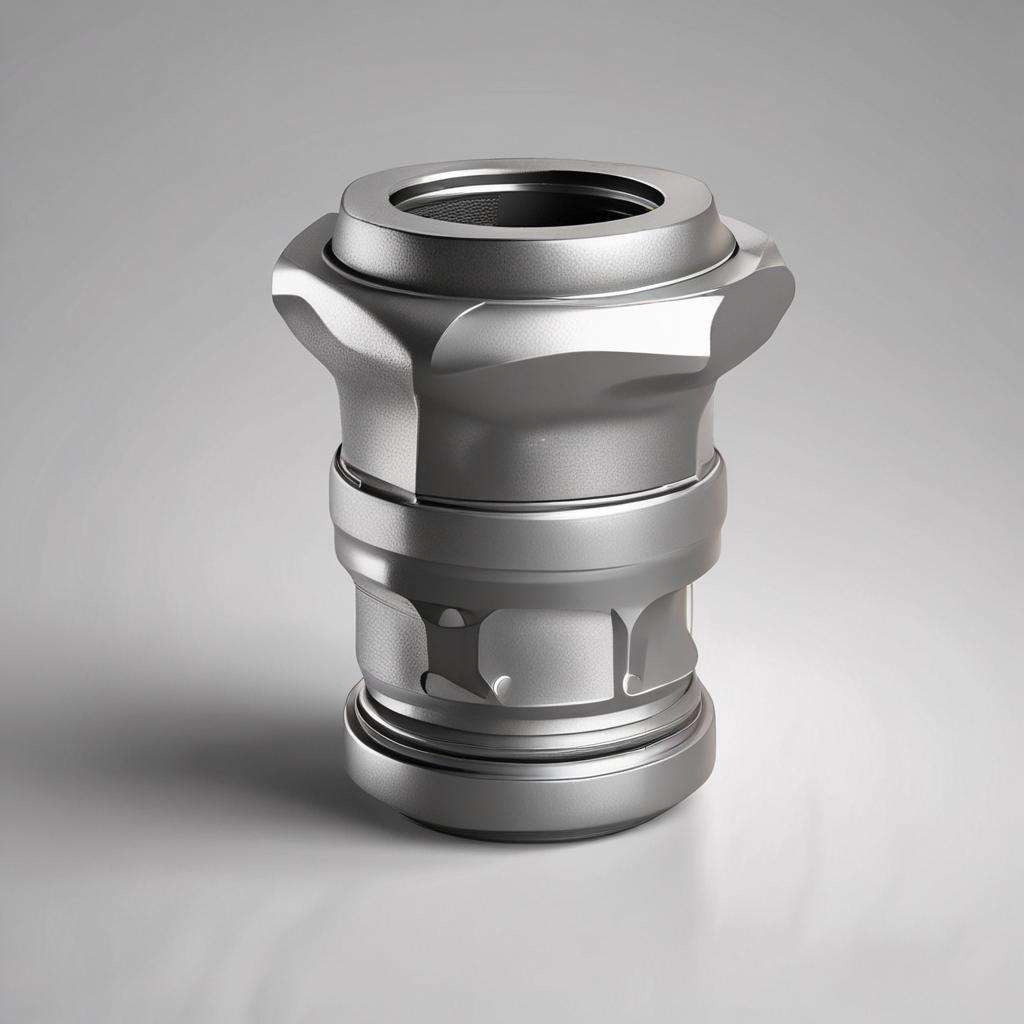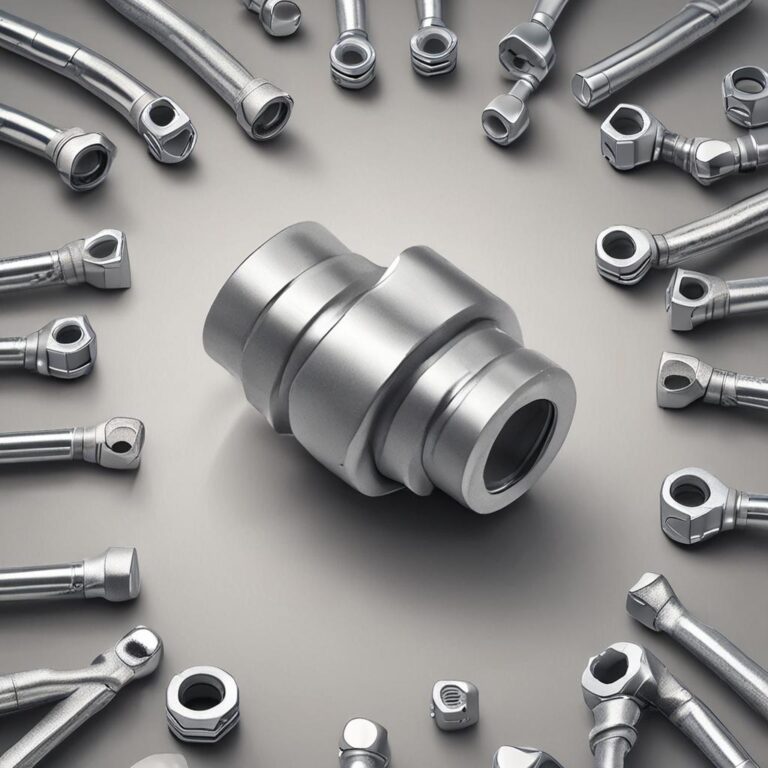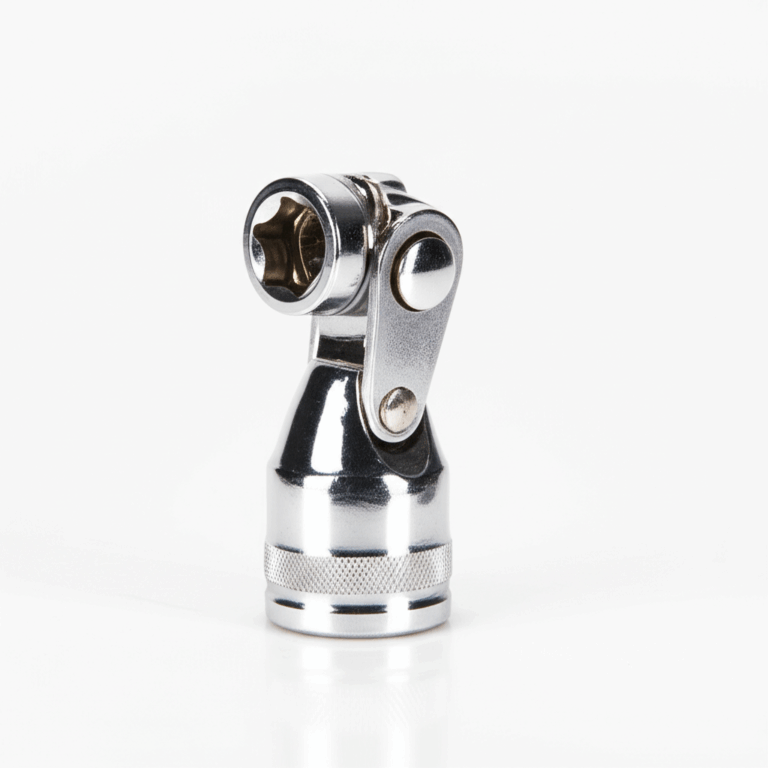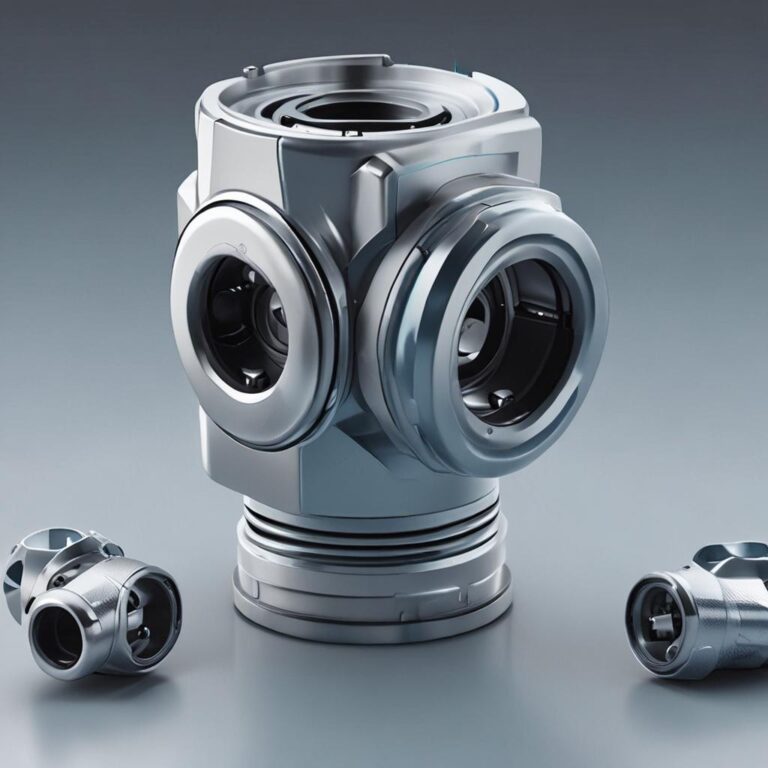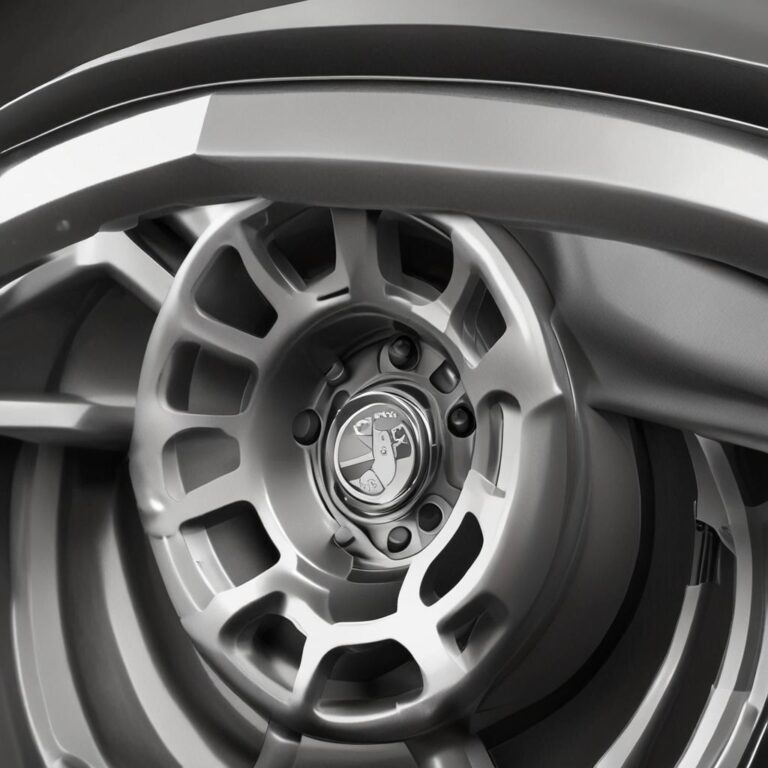Universal Joint Socket Use
Universal joint sockets are essential components in mechanical and automotive systems, allowing for smooth power transmission even when shafts are misaligned. These versatile couplings enable flexibility in a wide range of applications, from vehicles to industrial machinery. If you’re working with universal joint sockets, understanding their proper use, benefits, and maintenance is crucial for optimal performance and longevity. This guide will walk you through everything you need to know about universal joint sockets, from their basic structure to advanced troubleshooting techniques.
Step-by-Step Process
Select Proper Socket
Choose a socket compatible with the universal joint size.
Attach Socket to Joint
Securely fasten the socket to the universal joint's drive end.
Align with Fastener
Position the socket over the bolt or nut to be turned.
Apply Torque
Use a wrench or ratchet to apply force and rotate the fastener.
Remove and Inspect
Detach the socket and check for wear or damage.
Process infographic for Universal Joint Socket Use
What is a Universal Joint Socket?
A universal joint socket, commonly known as a universal joint (U-joint), is a mechanical coupling that transmits rotational motion between two shafts at varying angles. Its basic structure consists of a cross-shaped assembly with needle bearings, yokes, and couplings. Unlike rigid couplings, U-joints accommodate angular misalignment while maintaining efficient torque transfer. They differ from other couplings like constant velocity (CV) joints, which provide smoother rotation at higher angles but are more complex and expensive.
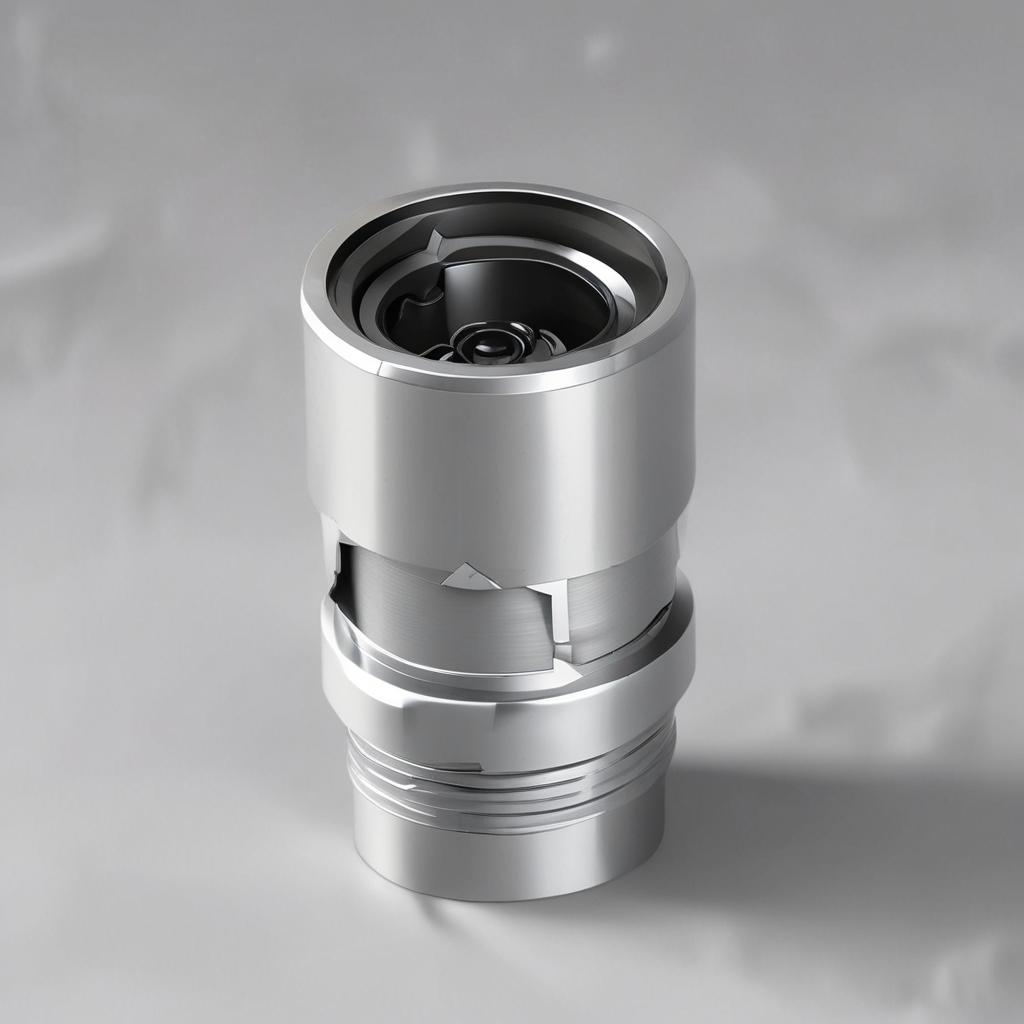
Common Applications of Universal Joint Sockets
Automotive Industry
Universal joint sockets are widely used in automotive drivetrains, connecting the transmission to the driveshaft and axle. They allow for smooth power delivery even when the drivetrain components are not perfectly aligned. In steering systems, U-joints enable precise control by compensating for angular changes between the steering column and wheels. They are found in various vehicles, including cars, trucks, and off-road vehicles, where flexibility and durability are critical.
Industrial & Mechanical Systems
In industrial settings, universal joint sockets facilitate power transmission in machinery, such as pumps, compressors, and generators. They are also used in conveyor systems to maintain consistent motion despite misalignment. In robotics and automation, U-joints provide the necessary flexibility for precise movement in robotic arms and automated assembly lines.
Benefits of Using Universal Joint Sockets
Universal joint sockets offer several advantages, including flexibility in accommodating angular misalignment, which reduces stress on connected components. They provide efficient torque transmission, ensuring minimal power loss during operation. These joints are highly durable and reliable, making them ideal for high-load applications. Additionally, they are cost-effective compared to alternative couplings, offering a balance between performance and affordability.
How to Properly Use a Universal Joint Socket
Installation Steps
To install a universal joint socket correctly, begin by selecting the right size and type based on your application’s torque and speed requirements. Align the components carefully to prevent misalignment, which can cause premature wear. Secure the joint with bolts and apply the recommended lubrication to ensure smooth operation and longevity.
Maintenance Tips
Regular inspection is essential to detect signs of wear and tear. Check for excessive play, corrosion, or damaged bearings. Proper lubrication is crucial—use high-quality grease and reapply as needed. Common signs of failure include vibration, noise, and slipping. Addressing these issues early can prevent costly breakdowns.
Common Mistakes to Avoid When Using Universal Joint Sockets
Overloading a universal joint socket beyond its capacity can lead to catastrophic failure. Incorrect alignment causes uneven wear and reduces efficiency. Neglecting maintenance, such as lubrication, shortens the joint’s lifespan. Using incompatible materials may result in premature failure—always verify compatibility with your application.
Troubleshooting Universal Joint Socket Issues
Excessive vibration or noise often indicates misalignment or worn bearings. Slipping or disengagement suggests insufficient lubrication or excessive load. Uneven wear on bearings may point to improper installation. To resolve these issues, realign components, replace worn parts, and ensure proper lubrication. Regular maintenance can prevent most problems.
Conclusion
Universal joint sockets are indispensable in mechanical and automotive systems, offering flexibility and durability. Proper selection, installation, and maintenance are key to maximizing their performance. By following best practices and avoiding common mistakes, you can ensure long-lasting and efficient operation. For complex installations, consulting a professional is always a wise choice.
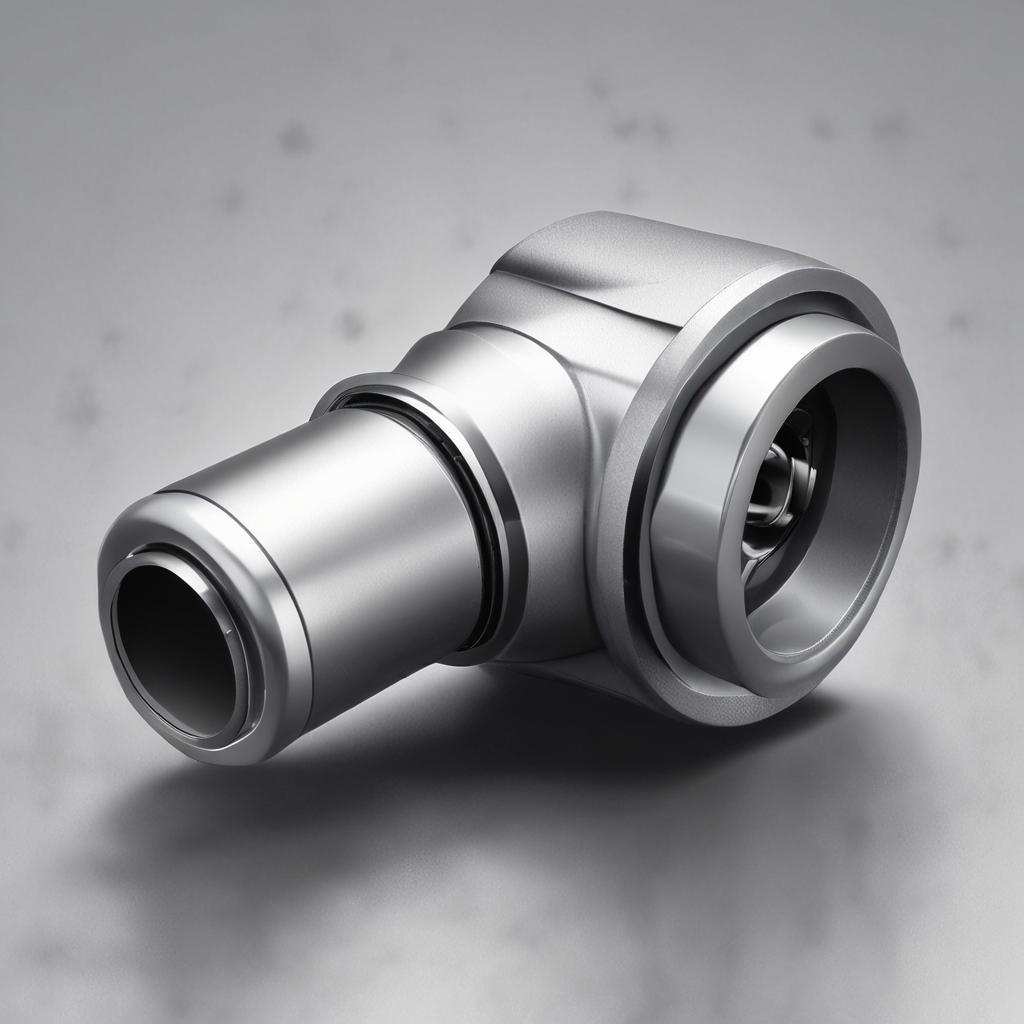
FAQ: Universal Joint Socket Use
Q1: What is the lifespan of a universal joint socket?
The lifespan of a universal joint socket depends on factors like load, environment, and maintenance. With proper care, U-joints in automotive applications typically last 50,000 to 100,000 miles, while industrial applications may vary based on usage.
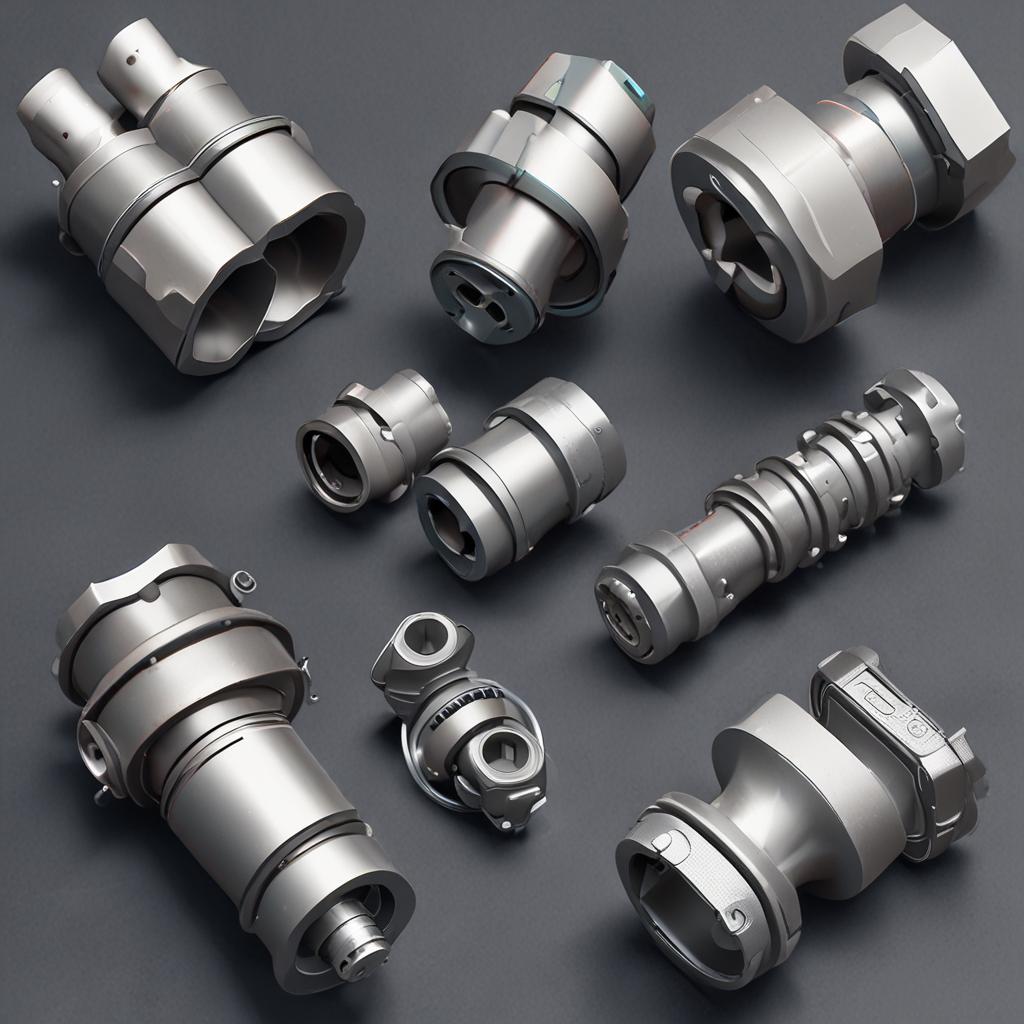
Q2: Can universal joint sockets be repaired if damaged?
Minor damage, such as bearing wear or lubrication issues, can often be repaired by cleaning and replacing worn components. However, severe damage, such as cracked yokes or excessive wear, usually requires replacement.
Q3: How do I choose the right universal joint socket for my application?
Select a U-joint based on torque capacity, operating speed, and angular misalignment requirements. Consult manufacturer specifications to ensure compatibility with your system.
Q4: What are the signs of a failing universal joint socket?
Warning signs include clicking noises, reduced performance, and excessive vibration. If you notice these symptoms, inspect the joint immediately and address any issues promptly.
Q5: Are universal joint sockets suitable for high-speed applications?
Universal joint sockets have speed limitations due to bearing wear. For high-RPM environments, consider alternatives like flexible couplings or high-speed CV joints designed for rapid rotation.

